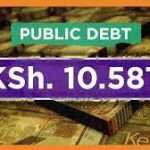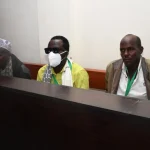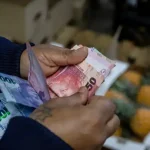Imagine earning KSh 10 and immediately losing KSh 7 to pay off interest — not the debt itself, just interest. That’s the reality Kenya faces today.
The latest report from the Controller of Budget (CoB) paints a worrying picture: Kenya’s public debt has spiraled to KSh 11.73 trillion, and the government is spending more on interest than on actually reducing what it owes.
In the last financial year alone, Kenya spent KSh 632.3 billion on interest payments, compared to KSh 360.1 billion on principal repayment. That means about 70% of every shilling used for debt servicing doesn’t reduce the debt — it only keeps creditors satisfied.
The Cost of Borrowing: More Interest, Less Development
While paying back debt is normal for any country, the scale of Kenya’s repayments has reached a breaking point. With such a high portion of funds going to service loans, there’s little left for critical development projects like roads, hospitals, and schools.
Government ministries and counties are already feeling the pinch — many have delayed projects and unpaid bills. It’s a cycle that keeps tightening: the more Kenya borrows locally at high interest rates, the deeper it sinks into the debt trap.
The Human Impact
This isn’t just a financial story; it’s about ordinary Kenyans.
Every shilling that goes into paying interest could have built a classroom in Turkana, a health center in Kisumu, or provided clean water in Machakos.
As public debt grows, Kenyans face higher taxes, increased cost of living, and reduced social spending. The dream of economic recovery is being slowly strangled by interest obligations.
What Experts Are Saying
Economists and the CoB warn that domestic debt — often borrowed through short-term Treasury Bills and Bonds — is particularly expensive.
When interest rates rise, the cost of borrowing locally skyrockets, forcing the Treasury to spend more just to stay current.
The Controller of Budget recommends:
-
Rebalancing borrowing between local and external concessional loans.
-
Lengthening the maturity period of domestic debt to ease repayment pressure.
-
Enhancing revenue collection and sealing corruption loopholes.
Can Kenya Break Free?
The debt cycle is not irreversible — but it demands bold choices. Kenya needs to slow down on expensive borrowing, improve tax efficiency, and direct more money toward productive investments rather than interest payments.
As things stand, Kenya isn’t just paying off debt — it’s paying to survive.









